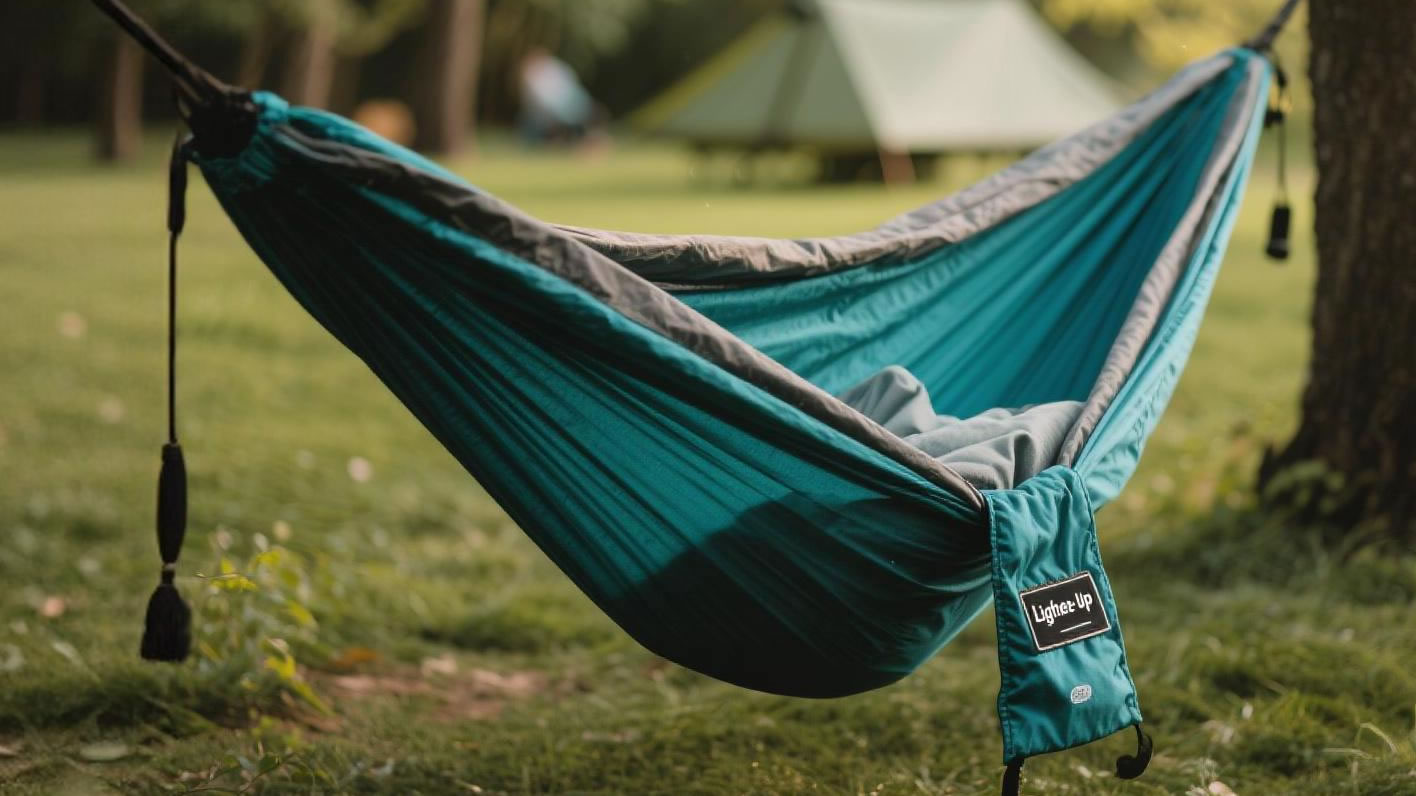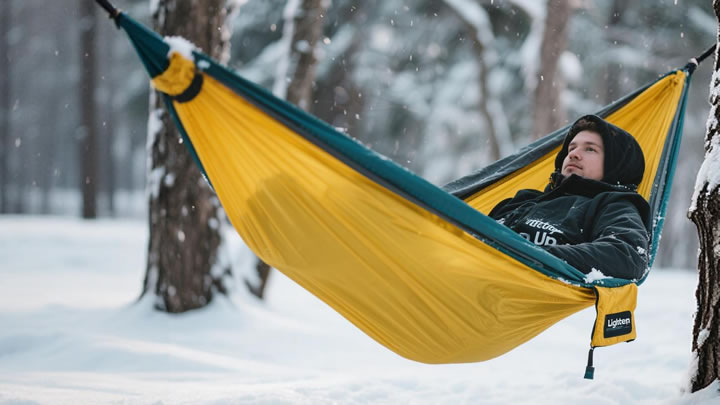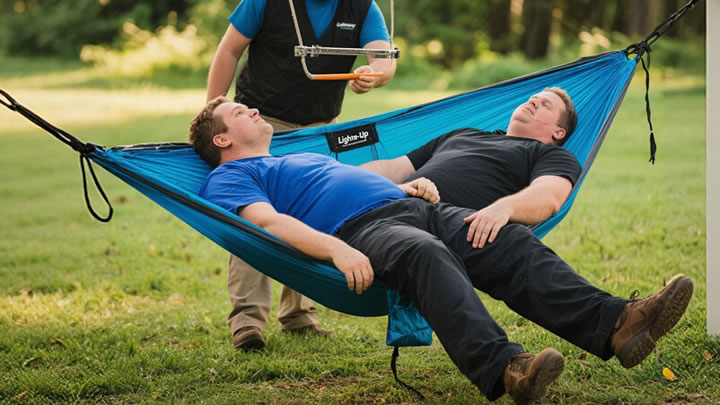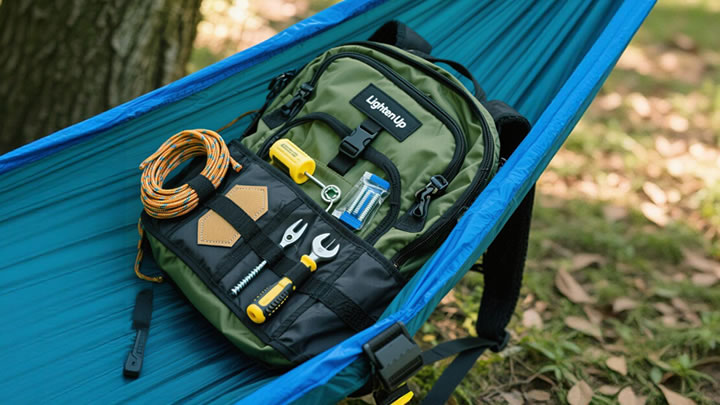Lightweight vs. Heavy-Duty Climbing Gear: Which is Right for You?
Choosing the right climbing gear can make or break your climbing experience. Whether you're scaling a multi-pitch trad route or bouldering at your local crag, the weight and durability of your equipment play crucial roles in performance and safety. In this comprehensive guide, we'll break down the key differences between lightweight and heavy-duty climbing gear to help you make informed decisions for your next adventure.
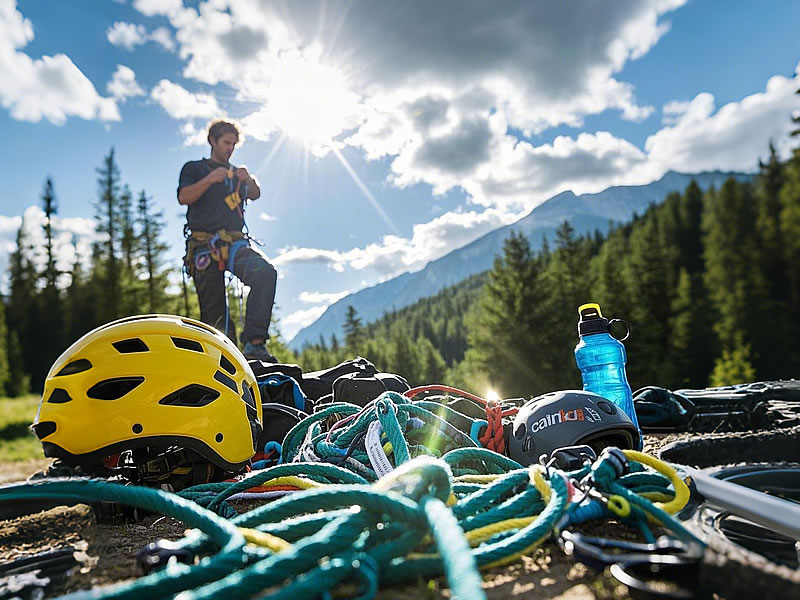
Understanding the Basics
Lightweight Gear:
- Typically made from aluminum or advanced composites
- Designed for speed and efficiency
- Ideal for sport climbing, alpine ascents, and long approaches
- Reduces fatigue on extended climbs
Heavy-Duty Gear:
- Often constructed from steel or reinforced materials
- Built for maximum durability and longevity
- Best for big wall climbing, rescue operations, and frequent use
- Withstands rough treatment and harsh conditions
Key Equipment Comparisons
1. Carabiners and Quickdraws
Lightweight Options:
- Aluminum construction (e.g., Black Diamond HotWire)
- Weight: 25-35g per carabiner
- Perfect for sport climbing where every gram counts
Heavy-Duty Options:
- Steel construction (e.g., Petzl Attache)
- Weight: 50-70g per carabiner
- Essential for anchor building and rescue scenarios
2. Climbing Protection
Lightweight Protection:
- Aluminum cams and nuts (e.g., Black Diamond Ultralight Cams)
- Reduced rack weight for multi-pitch climbs
- May sacrifice some durability
Heavy-Duty Protection:
- Steel nuts and reinforced cams
- Better for frequent placements and removals
- Ideal for rough rock types
3. Ice Climbing Gear
Lightweight Ice Tools:
- Aluminum shafts and minimal designs
- Excellent for technical ice but less durable
Heavy-Duty Ice Tools:
- Steel construction throughout
- Can withstand repeated impacts
- Better for mixed climbing
Choosing What's Right For You
Consider these factors when making your decision:
- Climbing Style:Sport climbers: Lean toward lightweightTrad climbers: May need a mixBig wall climbers: Prioritize durability
- Frequency of Use:Occasional climbers can go lighterGuides and frequent climbers need durability
- Route Type:Long alpine routes demand lightweight gearShort, tough routes allow for heavier equipment
- Budget Considerations:Lightweight often comes at a premium priceHeavy-duty may offer better long-term value
Hybrid Approaches
Many climbers opt for a mixed system:
- Lightweight quickdraws for the route
- Heavy-duty gear for anchors
- Medium-weight cams for versatility
Maintenance Matters
Remember that heavy-duty gear isn't indestructible:
- Inspect all gear regularly
- Retire equipment showing signs of wear
- Clean gear after each use, especially in sandy environments
Final Recommendations
For most recreational climbers, a balanced approach works best. Invest in lightweight essentials where it counts (like carabiners and quickdraws) while choosing more durable options for critical safety components. Always prioritize safety over weight savings, and when in doubt, consult with experienced climbers or gear specialists at your local shop.
What's your preferred gear setup? Share your experiences with different gear weights in the comments below!
#ClimbingGear #ClimbingTips #Mountaineering #RockClimbing #OutdoorAdventure

